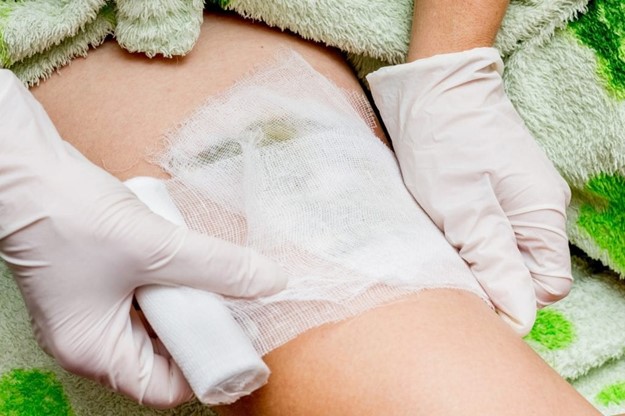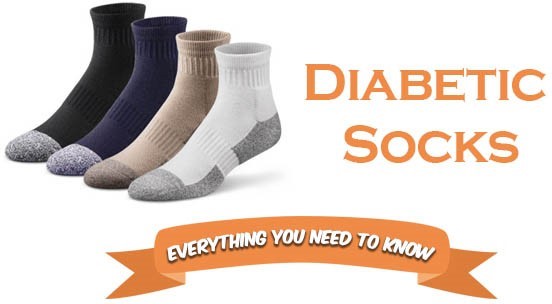A nurse is caring for a client who is scheduled for an abdominal paracentesis.
The nurse should plan to take which of the following actions?
Assist the client in the left lateral position during the procedure.
Administer a stool softener following the procedure.
Instruct the client to take deep breaths and hold them during the procedure.
Ask the client to empty his bladder prior to the procedure.
The Correct Answer is D
The nurse should ask the client to empty his bladder prior to the procedure.
This is important because a full bladder can obstruct the area where the needle will be inserted and increase the risk of bladder injury during the procedure.
Choice A is incorrect because the client should be positioned sitting upright or lying in bed with the head of the bed elevated during the procedure.
Choice B is incorrect because administering a stool softener is not necessary following an abdominal paracentesis.
Choice C is incorrect because the client should be instructed to exhale and hold their breath during needle insertion to help move the diaphragm upward and away from the area where the needle will be inserted.
Nursing Test Bank
Naxlex Comprehensive Predictor Exams
Related Questions
Correct Answer is D
Explanation
The nurse should apply new gloves when alternating between wound care sites.

This is to prevent cross-contamination and infection.
Choice A, cleaning the equipment in the client’s room once per week, is not an answer because it is not mentioned in the search results as an intervention for a client with full-thickness burns on the lower extremities.
Choice B, providing a diet of fresh fruits and vegetables for the client, is not an answer because it is not mentioned in the search results as an intervention for a client with full-thickness burns on the lower extremities.
Choice C, limiting visitation time for the client’s children to 40 min per day, is not an answer because it is not mentioned in the search results as an intervention for a client with full-thickness burns on the lower extremities.
Correct Answer is A
Explanation
People with diabetes should wear cotton rather than nylon socks.

Cotton socks are more breathable and can help keep feet dry, reducing the risk of infection.
Choice B is not the answer because people with diabetes should never use a heating pad on their feet.
Choice C is not the answer because people with diabetes should avoid walking barefoot, even around the house.
Choice D is not the answer because people with diabetes should wash their feet every day in warm water with mild soap, not hot water and antibacterial soap.
Whether you are a student looking to ace your exams or a practicing nurse seeking to enhance your expertise , our nursing education contents will empower you with the confidence and competence to make a difference in the lives of patients and become a respected leader in the healthcare field.
Visit Naxlex, invest in your future and unlock endless possibilities with our unparalleled nursing education contents today
Report Wrong Answer on the Current Question
Do you disagree with the answer? If yes, what is your expected answer? Explain.
Kindly be descriptive with the issue you are facing.
